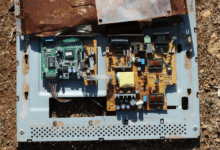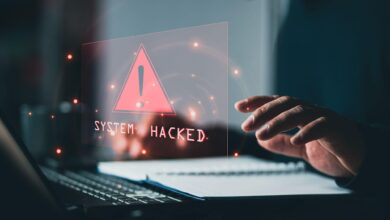
How Technology Helps Fight Against Counterfeit Drugs
Counterfeit drugs are big threats to global healthcare, causing serious health risks and financial losses. These fake medications can be ineffective, harmful, or even deadly. Fortunately, technology offers powerful tools to confirm the authenticity of pharmaceuticals, protecting both pharmacists and consumers. Keep reading to learn how technology helps us fight against counterfeit drugs with decentralized digital ledgers, electromagnetic fields, and UV lasers.
The Dangers of Fake Drugs
In the healthcare and pharmaceutical industry, fake medication is always a serious concern for pharmacists, drugmakers, and patients. Counterfeit drugs can cause significant damage to the patient and the pharmaceutical industry at large. Many technological developments from pharmaceutical developers can thwart these would-be counterfeiters to protect patients and pharmacists.
Technological Advancements Against Counterfeit Drugs
Blockchain Technology
Blockchain is a decentralized digital ledger technology that securely records transactions across multiple computers, ensuring that no single entity has control over the entire chain. Its application in the pharmaceutical industry is particularly groundbreaking, as it provides a comprehensive framework for documenting and verifying every step of a drug’s lifecycle:
- Initial research and development
- Manufacturing
- Distribution
- Patient delivery
By offering an immutable and transparent record of these transactions, blockchain technology reduces the risk of counterfeit drugs infiltrating the supply chain. This technology reinforces trust and accountability among stakeholders, including manufacturers, wholesalers, and pharmacies.
Radio-Frequency Identification (RFID)
RFID utilizes electromagnetic fields to identify and track tags attached to objects, allowing for efficient inventory management and enhanced security. In the pharmaceutical industry, manufacturers strategically embed RFID tags in drug packaging, and they get scanned at multiple points along the supply chain, including manufacturing, distribution, and retail. Real-time tracking and verification streamlines operations and plays a crucial role in ensuring that only genuine, high-quality products reach consumers.
By providing accurate data on the movement of pharmaceuticals, RFID technology helps to reduce the risk of counterfeit drugs entering the market. As RFID evolves, its applications in various sectors are likely to expand and enhance supply chain integrity and product authenticity.
Direct UV Laser Marking
Another technology that helps to fight against counterfeit drugs is direct UV laser marking. This tech utilizes ultraviolet (UV) radiation to inscribe unique identifiers directly onto the pills and tablets themselves, such as number/letter codes and symbols.
These imprinted codes and symbols on pills and tablets give consumers a reliable verification method that their medication is what it should be and comes from a reliable and safe manufacturer. Every pill or tablet with an imprinted code or symbol is in the Food & Drug Administration’s pharmaceutical imprint code, which consumers can check online to confirm the safety, dosage, and ingredients. This security measure and verification is all thanks to the permanent, legible designs from direct UV laser marking.
Get Educated and Protect Yourself From Fake Drugs
The fight against counterfeit drugs is complex and requires a multi-faceted approach, utilizing technology to verify drug authenticity. However, technology alone isn’t sufficient; educating pharmacists and consumers about the risks and verification tools is equally vital. Stay informed and keep yourself safe from counterfeiters by familiarizing yourself with pharmaceutical technology and safeguards against fake drugs.






